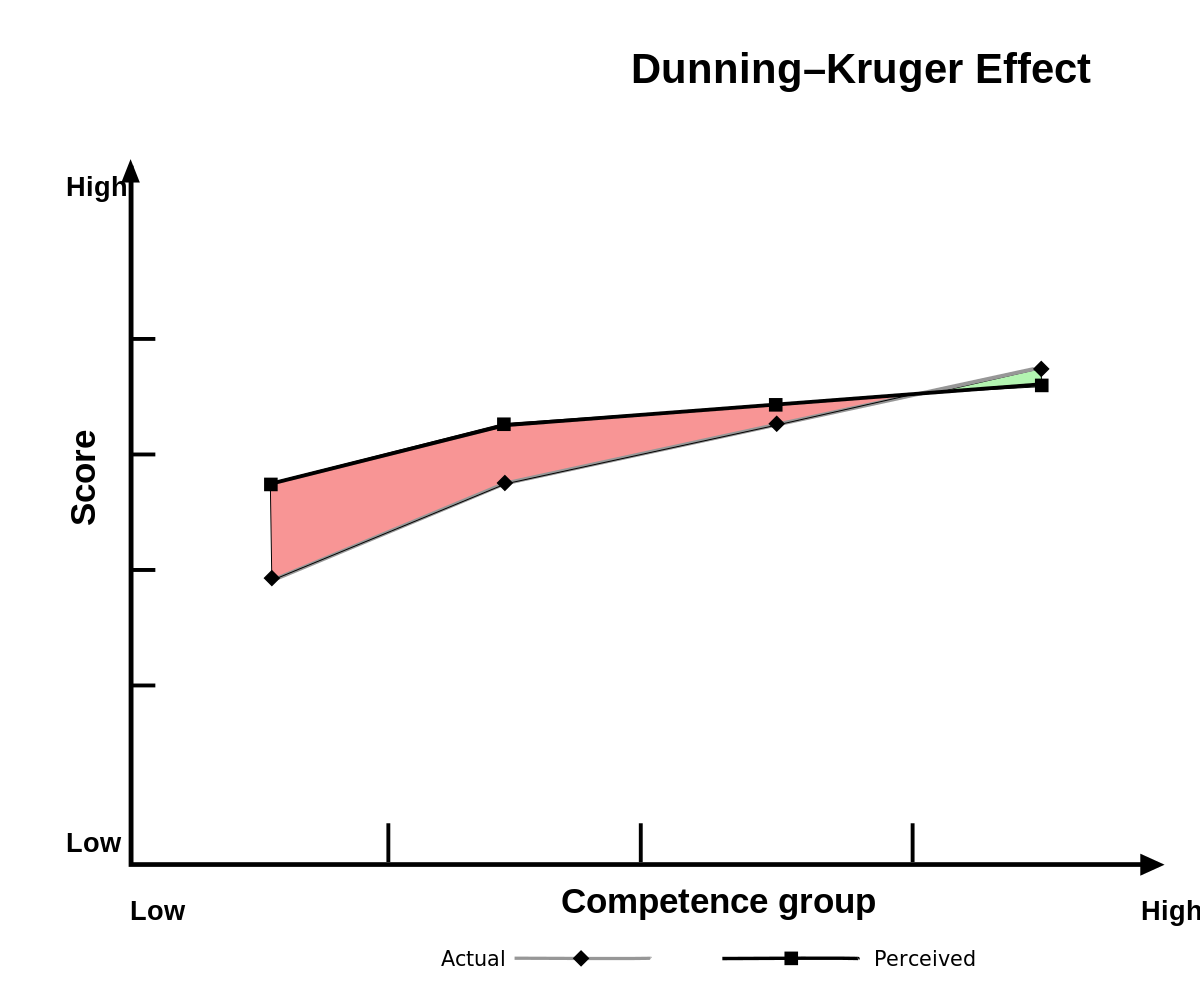I'm somehow glad I didn't see this thread until it was 70 posts deep. My, this stirred the pot.
FWIW, and you can take from these comments (inspired by data or anecdotes in coaching) what you will. Some of them were mentioned earlier, and YMMV.
-I would never fault the idea of using tools and learning aids as long as their uses and limits are understood. I mean, I love hammers, clubs, and ropes too.
-A techDisc is a different artifact and is usually thrown with a different goal than a targeted throw (like working with hammers, clubs, and ropes).
-Most coaching pitchers use the mantra "you can teach someone to pitch, but you can't teach them to throw." I don't necessarily agree with the second part of that when it comes to disc golf, but I think it's important to realize when you're trying to learn to pitch before you learn to throw. Food for thought.
-For reasons we could state, I think many new players see videos and think of "small changes" as incremental rather than fundamental. Some things do look small, but fundamentally feel
and function completely differently than you anticipate if you have not already learned to do them. So
yes, they are a
fundamentally different throw. Some of those things are evident to me in the form critique of OP, too. Most people who access the core lessons of things like Double Dragon or Turbo Encabulator are surprised at how different it "feels" compared to what they were doing before. That's significant even if some people (understandably) have a hard time seeing the differences on camera.
-Speaking to my (over)analytic types: I started making a different kind of progress working with larger athletic motions of the body than getting stuck on details prematurely.
Here, there be anecdotes:
Neil, FWIW over the better part of 2 years Sidewinder, took my aging, poorly levered, top heavy, unathletic, discoordinated, poorly balanced, slightly busted ass from a shoddy 50mph to 60mph "low effort"* repeatable throw.
I coach a bit too now. My last session with a TechDisc enthusiast, it took some convincing that what he needed to do to get out of that common 50mph domain is worry about how his body captures, harnesses, and builds on momentum rather than stare at the angular data coming out of techdisc. He was trying to pitch before he could throw. He regressed quickly when he got obsessed with the individual datapoints. He progressed again when he worked on the momentum game. That's what RB is talking about in the "feels" category, and it is the difference between I'm meekly tossing a 50mph throw vs. committing a 60mph+ throw.
This part is not an anecdote and is about as fundamental as it gets
There's an idea in systems engineering that you can screw up a process by only tracking and controlling the output variables rather than the latent or generative variables. There's a reason
some people got very famous for pointing that out, and a reason I'm cheekily raising it now - now, why would I do that?
Unfortunately, you can't see all of the generative variables on camera, and if you haven't done them, you will not know how they feel until you find them. You might happen upon them in TechDisc sessions. Or maybe you need to get them from somewhere else.
*For the record, I do not confuse "low effort" with unathletic. It became obvious to me entering the winter I had more work to do on my body fundamentals. The upper end of a player's move will always demand rapidly increasing effort just like it does in any sport.

